Archives
- 2025-10
- 2025-09
- 2025-03
- 2025-02
- 2025-01
- 2024-12
- 2024-11
- 2024-10
- 2024-09
- 2024-08
- 2024-07
- 2024-06
- 2024-05
- 2024-04
- 2024-03
- 2024-02
- 2024-01
- 2023-12
- 2023-11
- 2023-10
- 2023-09
- 2023-08
- 2023-07
- 2023-06
- 2023-05
- 2023-04
- 2023-03
- 2023-02
- 2023-01
- 2022-12
- 2022-11
- 2022-10
- 2022-09
- 2022-08
- 2022-07
- 2022-06
- 2022-05
- 2022-04
- 2022-03
- 2022-02
- 2022-01
- 2021-12
- 2021-11
- 2021-10
- 2021-09
- 2021-08
- 2021-07
- 2021-06
- 2021-05
- 2021-04
- 2021-03
- 2021-02
- 2021-01
- 2020-12
- 2020-11
- 2020-10
- 2020-09
- 2020-08
- 2020-07
- 2020-06
- 2020-05
- 2020-04
- 2020-03
- 2020-02
- 2020-01
- 2019-12
- 2019-11
- 2019-10
- 2019-09
- 2019-08
- 2019-07
- 2019-06
- 2019-05
- 2019-04
- 2018-11
- 2018-10
- 2018-07
-
Several recent reviews have appeared covering different aspe
2021-02-08

Several recent reviews have appeared covering different aspects of the sPLA2 family of enzymes, including sPLA2-V, and the interested reader is kindly directed to these for specific details [34,[135], [136], [137]]. It is important to remark here, however, that recent studies on sPLA2-V suggest that
-
As a co factor CIITA lacks
2021-02-08
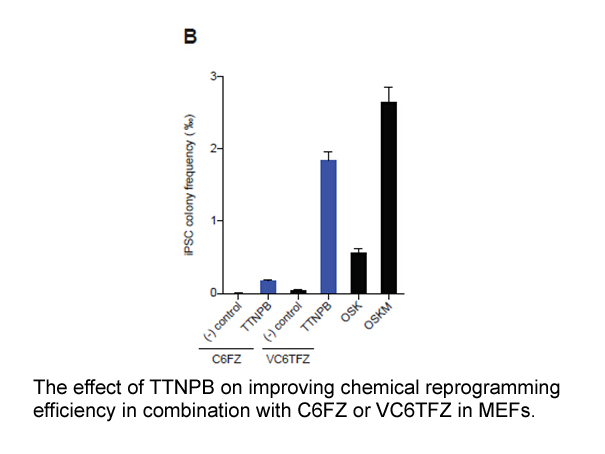
As a co-factor, CIITA lacks the ability to recognize and directly bind to specific DNA elements to regulate transcription; instead, it relies on interaction with sequence-specific transcription factors (TFs) to be recruited to the chromatin. Therefore, the observation that CIITA binds to a specific
-
Enzymatic assay The usual in vitro test for
2021-02-08
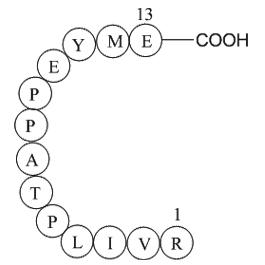
Enzymatic assay. The usual in vitro test for the measure of the activity of DbH involves ascorbate as a cosubstrate (e.g., 5mM) and tyramine as a substrate (e.g., 10mM). When using N-aryl-N′-hydroxyguanidines instead of ascorbate, the hydroxylase activity of DbH was measured by HPLC as the amounts o
-
Alpha SYN has no direct effect
2021-02-08
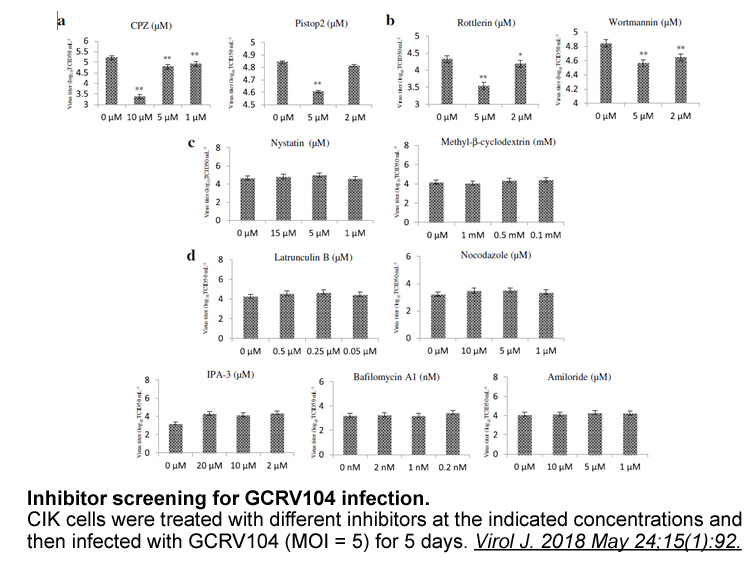
Alpha-SYN has no direct effect on forskolin-induced CREB phosphorylation, but rather blocks the stimulation of CRE-mediated transcription in the nucleus. Previously we suggested that α-SYN can enter the nucleus and is present in both cytosolic and nuclear fractions without direct interaction between
-
Consistent with our previous study Gao et al
2021-02-08
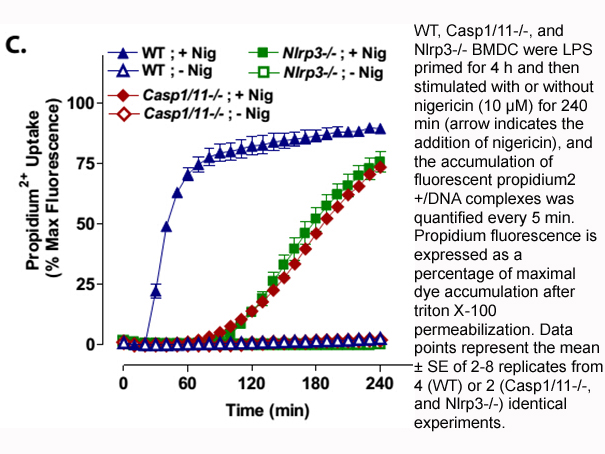
Consistent with our previous study (Gao et al., 2018b; Wu et al., 2018), we found that TCB-2 disrupted both pup preference and home-cage maternal behavior. Based on the findings that 4-h pup HBTU (a technique presumably increases maternal motivation) failed to attenuate the TCB-2-induced maternal d
-
In the preclinical evaluation of CRF receptor
2021-02-07
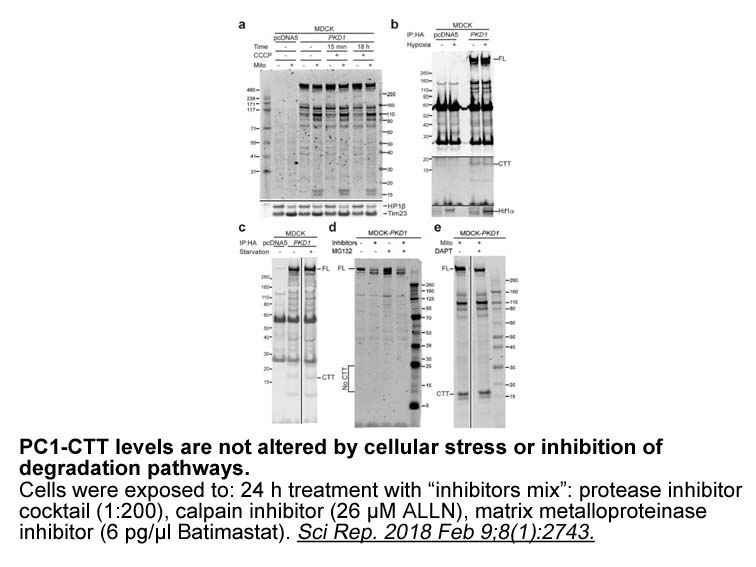
In the preclinical evaluation of CRF1 receptor antagonists, effects were mainly focused on the regulation of hyperactivated HPA axis and the modulation of anxiety or depressive-like behaviors in CRF challenge [16], [17], [18] or stress models [16], [19], [20]. However, it remains to be concluded whe
-
MI-77301 The absence of an observable time dependence of
2021-02-07
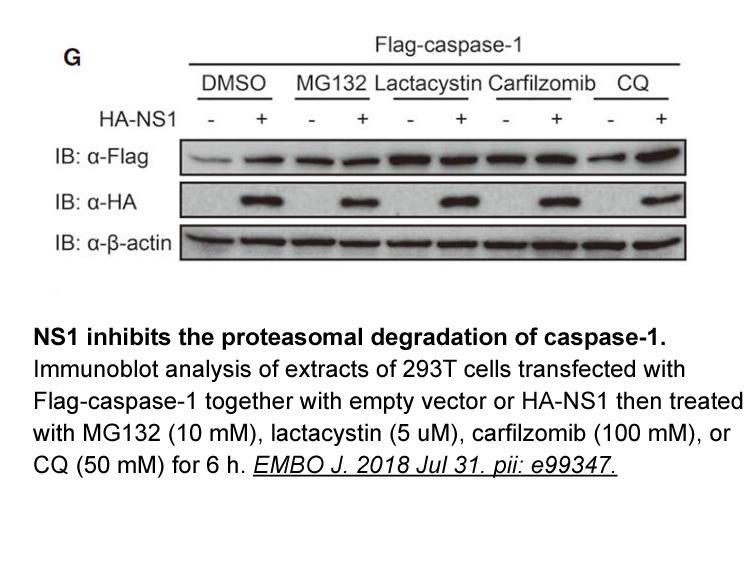
The absence of an observable time dependence of kobs on inhibitor concentration for MI-77301 3 with AChE and compounds 1, 3 and 4 with BuChE parallels a similar absence of time dependence for some related fluoro ketones with AChE. Nair et al. found that trifluoromethyl acetophenones with small meta
-
In particular EphB has been one
2021-02-07
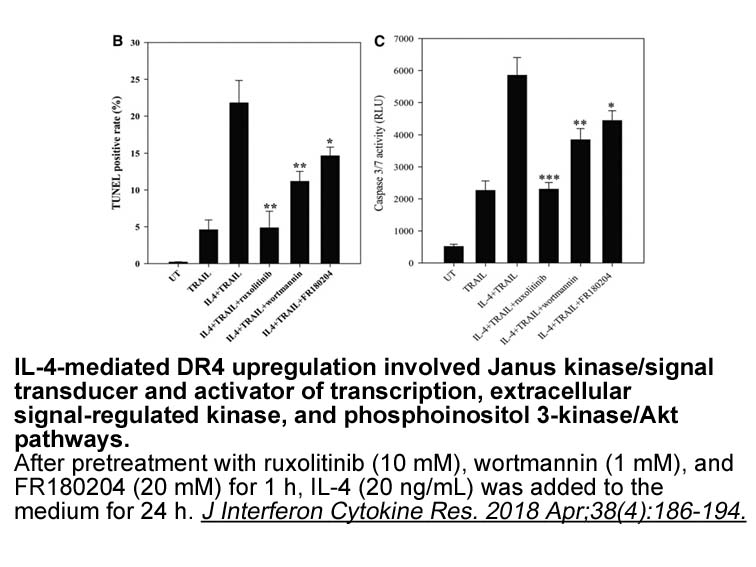
In particular, EphB4 has been one of the most studied receptor of the Eph family: inhibition of EphB4 expression using interfering-RNA or antisense oligonucleotides inhibited proliferation, survival and invasion of PC3 prostate cancer dcp cas synthesis in vitro and in vivo. Inhibition of EphB4 signa
-
There may be an interplay of EP EP EP
2021-02-07
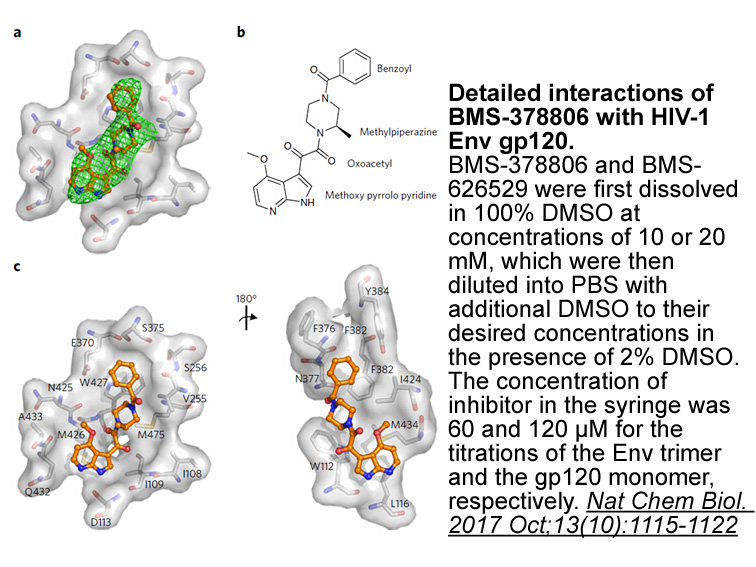
There may be an interplay of EP2, EP3, EP4 alone, or in combination, with EP1 for the onset of TCDD-induced neonatal hydronephrosis. EP2 and EP4 have been reported to increase AQP2 phosphorylation and membrane trafficking (Li et al., 2009; Olesen et al., 2011). The EP2 and EP4 mRNA concentrations we
-
For most enolases fluoride acts as an inhibitor while
2021-02-07
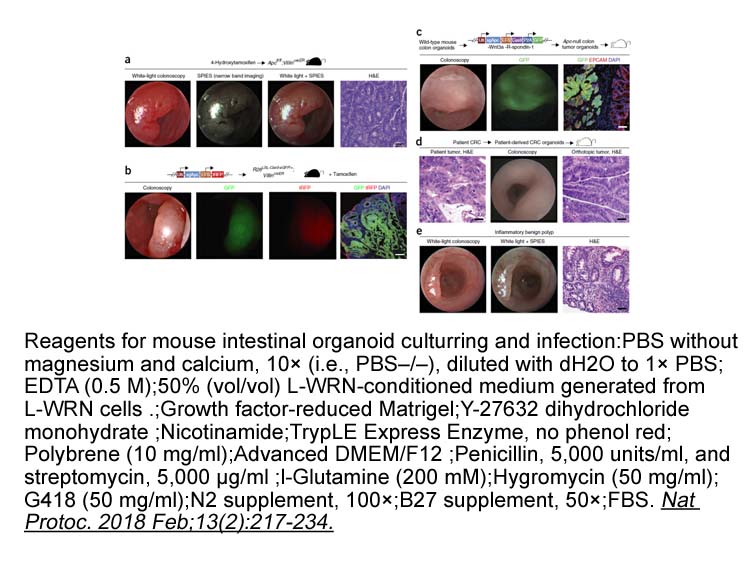
For most enolases, fluoride acts as an inhibitor, while Mg2+ is the most important metal activator. In yeast systems, metal cations and fluoride bind to enolase at the active center of the enzyme, forming a complex. The complex blocks the binding of substrates to the enzyme in yeast systems, thereby
-
While a number of studies have helped elucidate
2021-02-07
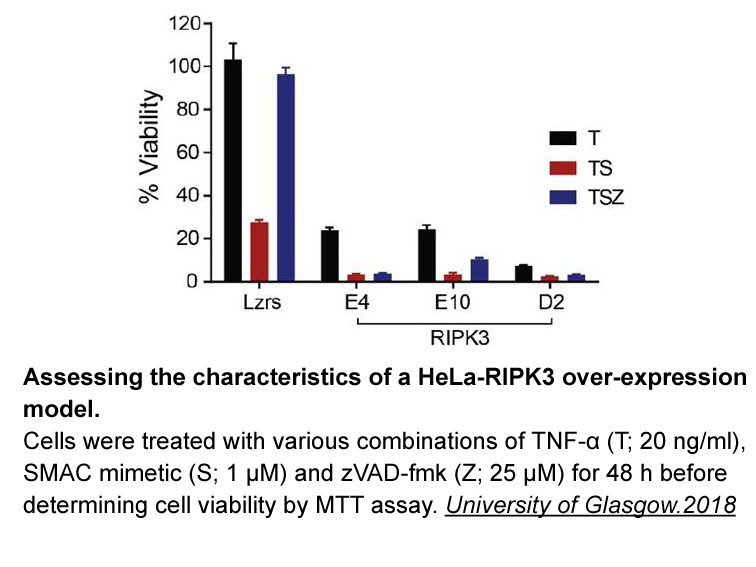
While a number of studies have helped elucidate the principles of target amino group specificity, UBL selectivity, and Ub leukotriene receptor antagonist specificity [3], [4], [9], [10], [14], [19], [20], [23], [24], [33], [34], [37], [38], [39], [40], [41], the role of the canonical E2-RING interf
-
br Introduction As a strong analgesic morphine is often used
2021-02-07
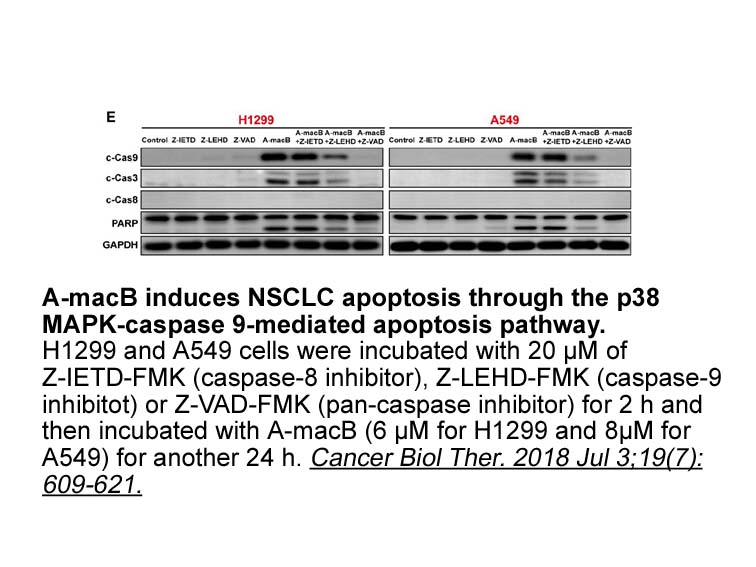
Introduction As a strong analgesic, morphine is often used to treat acute and chronic pain. However, morphine is a substance with low lipid solubility that slowly enters the nerve tissue through the blood–brain barrier and produces neurotoxicity. Morphine-induced neurotoxicity can be produced aft
-
AAG has a broad substrate specificity and
2021-02-07
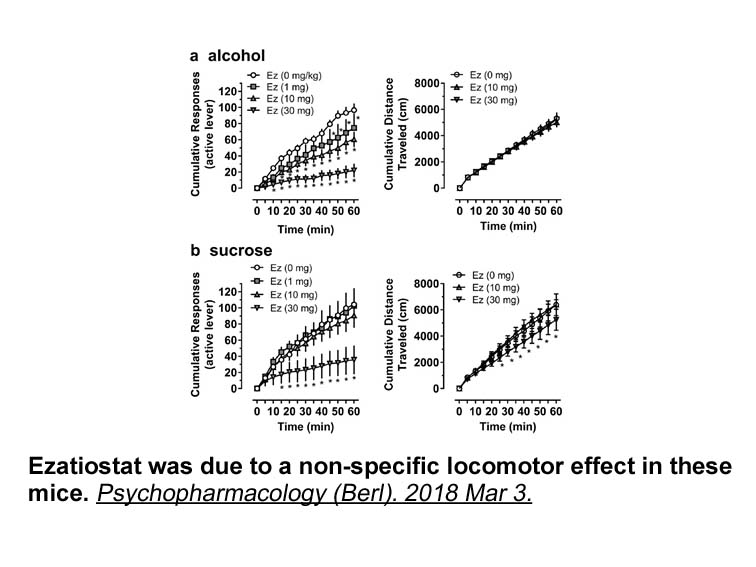
AAG has a broad substrate specificity and besides 3-methyladenine can excise other altered purine residues, such as the minor lesions hypoxanthine and 1, N6-ethenoadenine from DNA. AAG initially activates these neutral base lesions by protonation of the base to allow for general KH CB19 catalysis [1
-
Introduction The Discoidin Domain Receptors
2021-02-07
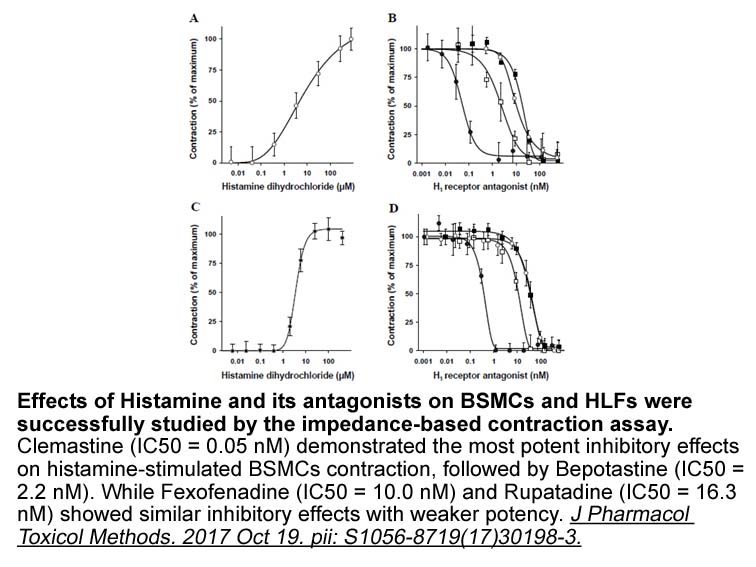
Introduction The Discoidin Domain Receptors (DDRs), comprising DDR1 and DDR2, are collagen-binding receptor tyrosine kinases (RTKs) that function as microenvironmental sensors at the interface of the extracellular matrix and the intracellular signal transduction machinery [1]. In response to ligand
-
Recent studies have shown arsenic
2021-02-07
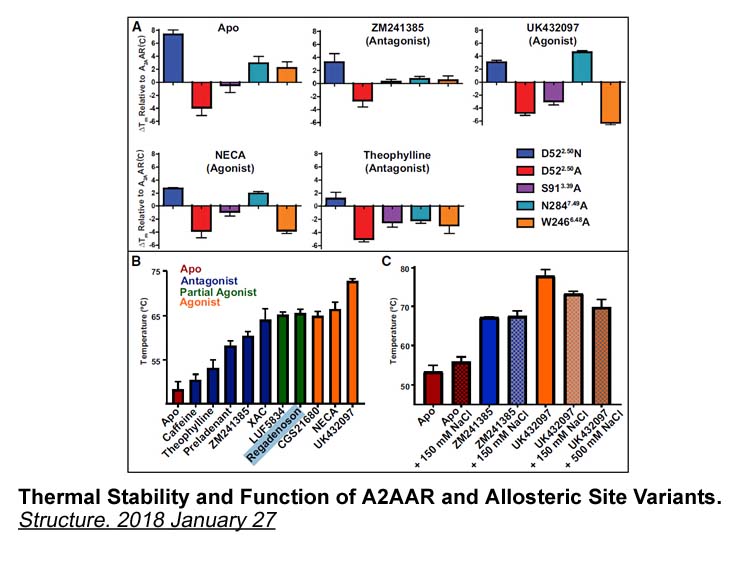
Recent studies have shown arsenic could cause autophagic cell death in malignant cells, including leukemia and malignant glioma THZ531 mg [16], [17]. However, at present, little is known about the consequences of arsenic-treated urothelial cells in autophagy and expression of its related proteins.
16171 records 710/1079 page Previous Next First page 上5页 706707708709710 下5页 Last page